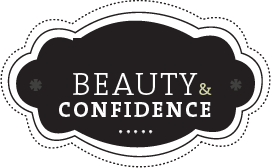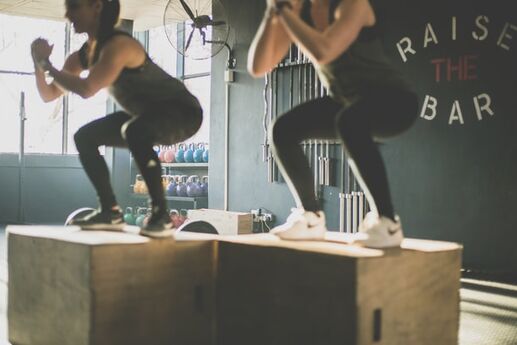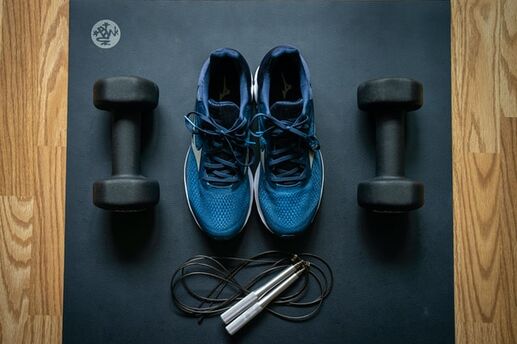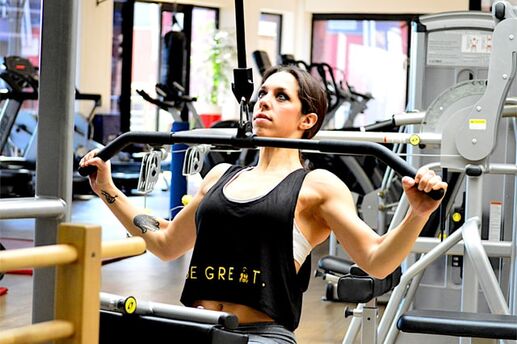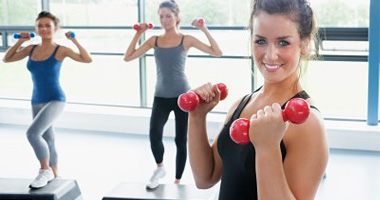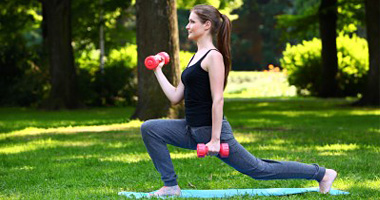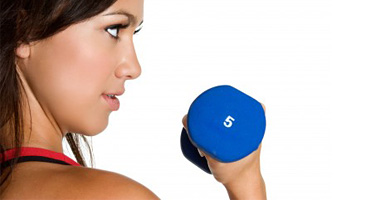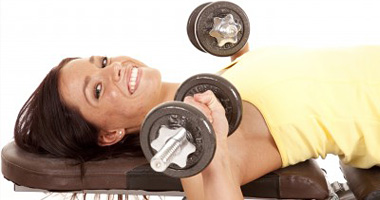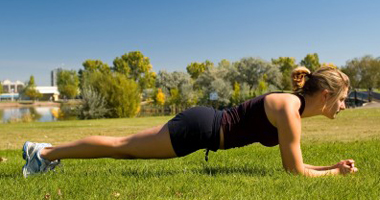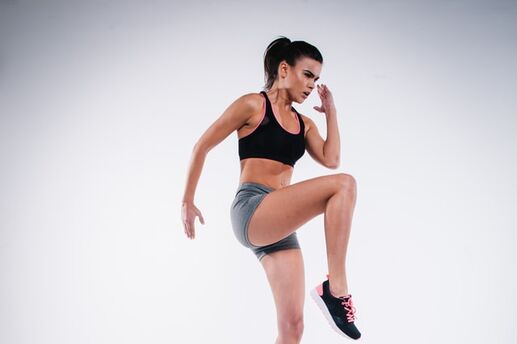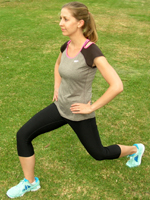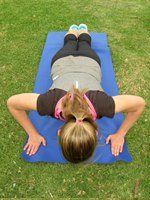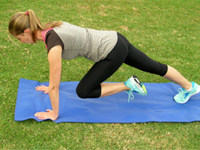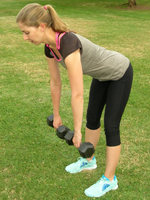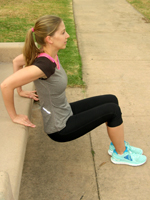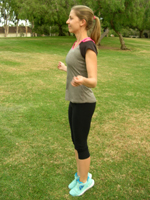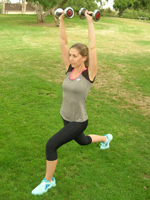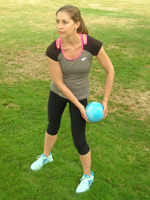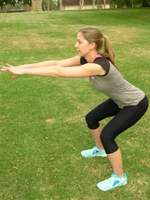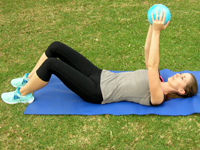The Best Type of Exercise for Your Personality
Have trouble sticking to a regular workout routine? Chances are you haven’t found your calling yet. Turns out, exercise isn’t so difference from food or fashion: What works for someone else may not be the right fit for you.
Finding the right type of exercise that best suits you, your personality, interests, needs and goals can be the key to getting the habit to stick. In fact, a study published in the British Journal of Health Psychology found that people were more likely to workout if they considered it fun.
To discover the right type of exercise for you, consider the following guide. Find the statement that reflects your personality, and you’ll get a potentially perfect new workout.
1. You say: “Exercise is boring.”
Try: Zumba. It’s impossible to zone out during this aerobic dance class: You have to pay close attention to the steps to follow along. The combined high energy of the music and group will get you moving and grooving -- not to mention wiping your brow! (So bring a few tissues with you.) You’ll be done with your workout before you know it. Boredom fixed!
2. You say: “I love a good competition.”
Try: CrossFit. These classes involve a variety of high-intensity exercises like running, sprinting, throwing, jumping, squatting and pushing-and-pulling type of movements. The goal is to complete a certain number of reps of each exercise within a given amount of time and in many classes, participants compete against one another.
Got a certain sport you love? Then consider joining an adult sports league. If you like running or biking, consider training for a race.
3. You say: “Workouts are my time to decompress.”
Try: Yoga. Science backs up what yogis have known for centuries: This mind-body practice promotes relaxation. According to researchers from the University of California, Los Angeles, doing less than 15 minutes of yoga a day can significantly lower stress markers in the body.
But does chanting om make you feel more antsy than calm? If you like to blow off steam in a more aggressive way, kickboxing will give you that outlet, as well as a great cardio and sculpting workout.
4. You say: “I want to get my blood -- and adrenaline -- pumping!”
Try: A challenging class, like Spinning, boot camp or CrossFit. These high-intensity classes encourage you to press your limits. Their fast pace will also appeal to your adventure-seeking side.
5. You say: “Socializing while exercising? That’s a win-win!”
Try: An adult sports league or training team. You can make new friends while getting in great shape by playing a sport or preparing for a race or other athletic event. Or simply recruit some friends to form a running club or head to the gym together. You’ll not only make the workout more enjoyable, but you’ll also hold each other accountable.
6. You say: “I don’t have time for exercise -- what I need is some ‘me time.’”
Try: Swimming. Plan to get your “me time” at the gym. Underwater is probably the most peaceful place to exercise -- and talk about a total body workout too! If you haven’t been swimming in a while you may be surprised by how wiped you feel after your first (or seventh!) time back in the pool. But it gets easier -- and it’s a sure way to score a total body cardio workout and some much needed peace of mind.
Photo by Meghan Holmes on Unsplash
Like this article? Get more by following on Facebook at Beauty & Confidence.
